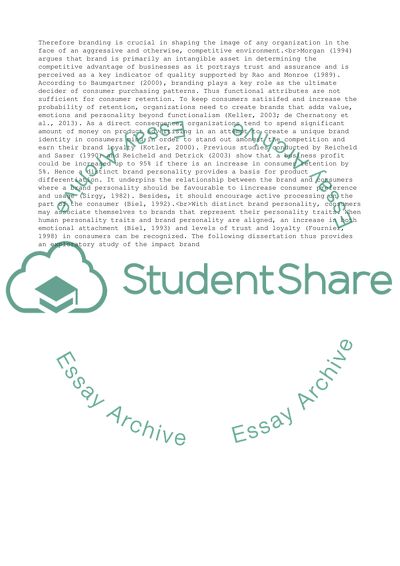Cite this document
(The influence of brand personality on consumers and their purchase Essay, n.d.)
The influence of brand personality on consumers and their purchase Essay. https://studentshare.org/business/1813480-the-influence-of-brand-personality-on-consumers-and-their-purchase-decision-making-process-the-case-of-singapore-airlines
The influence of brand personality on consumers and their purchase Essay. https://studentshare.org/business/1813480-the-influence-of-brand-personality-on-consumers-and-their-purchase-decision-making-process-the-case-of-singapore-airlines
(The Influence of Brand Personality on Consumers and Their Purchase Essay)
The Influence of Brand Personality on Consumers and Their Purchase Essay. https://studentshare.org/business/1813480-the-influence-of-brand-personality-on-consumers-and-their-purchase-decision-making-process-the-case-of-singapore-airlines.
The Influence of Brand Personality on Consumers and Their Purchase Essay. https://studentshare.org/business/1813480-the-influence-of-brand-personality-on-consumers-and-their-purchase-decision-making-process-the-case-of-singapore-airlines.
“The Influence of Brand Personality on Consumers and Their Purchase Essay”. https://studentshare.org/business/1813480-the-influence-of-brand-personality-on-consumers-and-their-purchase-decision-making-process-the-case-of-singapore-airlines.


